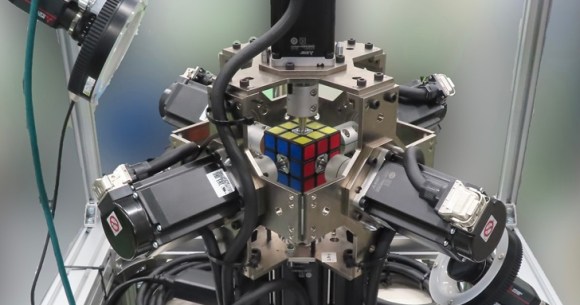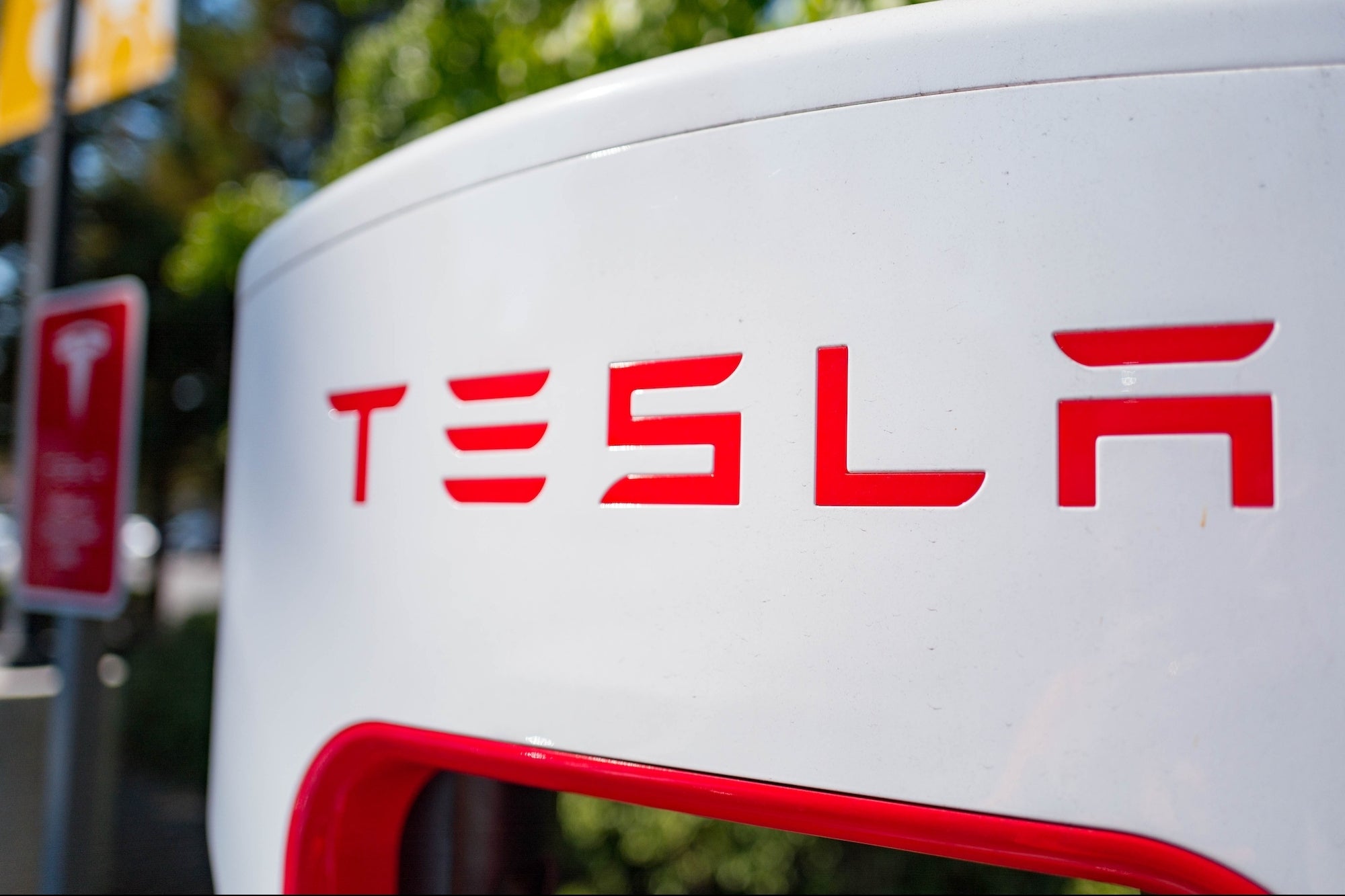- 5 Posts
- 41 Comments

 21·12 days ago
21·12 days agoSome of you may die, but it’s a sacrifice I am willing to make.

 5·19 days ago
5·19 days agoThat is one possible outcome. The other is they put so many loopholes and exceptions in it to appease a particular point of view and it becomes meaningless.
Either way, investments will likely be impacted.

 3·19 days ago
3·19 days agoSection 230 was foundational to shifting the risk of running social networks. This, good or bad, brought us to where we are.
Once they knock it down, the unintended consequences will be… interesting. 🍿

 1·20 days ago
1·20 days agoI have a friend who has been tasked to explain all this and the benefits to lay-people. Somehow, “able to break all your passwords” doesn’t seem to be very compelling.
Maybe this will be the reason they trot out at the next budget review.

 4·5 months ago
4·5 months agoMakey Makey has been around forever: https://makeymakey.com/
Background: https://www.bbc.com/news/technology-18303012

 3·5 months ago
3·5 months agoGuarantee someone’s going to generate a bubbly podcast of Mein Kampf or Project 2025.
Ed is getting good at lobbing these darts at hype bubbles.
The thing that this writeup ignores is that the object isn’t to show short-term revenue, but to put all competitors out of business, be the last one standing, and create a monopoly. Either that or get bought out so the investors can move on to the next thing. But at $150B valuation, only MSFT or Nvidia can afford to buy them outright.
Google, Meta, and Amazon burned through cash for years, but they eventually outran all competition and then monetized the users who had nowhere else to go.

 3·6 months ago
3·6 months agoDangit, copy-pasta from an unrelated comment. Fixed.
If you use github pages, you can create, deploy, and host static websites for free. Only cost, if you want your own URL, is for a custom DNS name.
You can use their default Jekyll static rendering engine, and create the content using Markdown. And with github actions, all you need to update the content is create markdown, then push the change to the same repo. After a few minutes, the new content shows up.
Hugo can also be used, but it takes a few extra steps: https://gohugo.io/hosting-and-deployment/hosting-on-github/
You can also find ‘themes’ to customize the look and feel of the site, specific to the site generation tool.
If you want a lot of extra features, Docusaurus is pretty much as good as it gets, and you can set it up to push out to GH pages: https://docusaurus.io/docs/deployment

 451·6 months ago
451·6 months agoThe problem with Chinese EVs is that they show it’s possible to innovate, keep prices down, and mass produce.
Ford, GM, even Tesla, are spending all their time whining about how it’s just not possible to compete. They point the finger at worker wages, instead of improving engineering and design, materials, manufacturing processes, and not chasing stock-market gains.
Stop making $70K SUVs and start making $20K Taurus and Escort EVs. You did it once. You can do it again.
She was the co-author of the second edition of Bunnie Huang’s New Essential Guide to Electronics, for those looking to make hardware in Shenzhen: https://arstechnica.com/gadgets/2023/12/a-new-essential-guide-to-electronics-by-naomi-wu-details-a-different-shenzen/

 271·7 months ago
271·7 months agoTLDR: People need to go touch grass.
Tried bash, Make, and awk/sed. All hit brick walls. Finally landed on pyinvoke. Two dependencies to install on any new machine. Never had problems. Also, easy to debug and modify as projects evolve.

 2·7 months ago
2·7 months agoThanks. After your note I went back and re-checked with my friend. I mixed up his comments with those from another friend with a different setup. Updated my original comment.

 5·7 months ago
5·7 months agoI have a closet full of old routers (including Linksys), extenders, and switches to be able to handle dead spots. They all sucked. Then I heard about mesh routers when they first came out. Tried two, saw that they worked well, and got a third one. A few months later, a new ISP showed up in our neighborhood with unmetered Gig fiber and I happily drop-kicked Comcast to the curb. It was gratifying that the fiber connection came with a single mesh device of the same brand I already had. Since then, I’ve upgraded to the next-gen routers, and gotten a few smaller ‘wall-wart’ units for extending the range outdoors.
I don’t really have to fuss with configurations like I had to before. It’s amazing how much of a time drain it was to go screw around with settings when a new device came in that didn’t work, or to replace a router when one died. I haven’t had to do anything in years. Every once in a while, I go set up a DHCP reservation but that’s it. The firmware updates auto-install while everyone’s asleep and I get pretty decent bandwidth in places I had constant dropoffs. When I switched out the actual routers to the new gen, the whole thing took 10m and the whole network was down for maybe 2m while the new ones booted up. No end devices had to be modified or restarted.
Where the fiber comes in, there’s a single router node, with two Ethernet ports. One goes to the fiber ONT, the other to a 10-port gig switch where it feeds the rest of wired setups. Elsewhere, the farthest mesh unit has no incoming physical connection, but a small wired switch connected to other wired devices near there. I didn’t have to make any router configuration settings to make this work. Just plugged it all in. Common devices go on the main network, and janky IOT devices (and visitors) go on the guest network.
For external access for self-hosting, you can take a domain name and set up a free Cloudflare tunnel to access your in-home services remotely. Pay Cloudflare a fee and you get extra rules-based access control. The router also has a premium service where it comes with a family bundle of security software. One other thing I like is that the mobile app sends a notification whenever a new device joins the network, so if I see one I don’t recognize, I can block them. Hasn’t happened yet, but if it does, I’ll know to go rotate the wifi passwords.
Anyway, highly recommend mesh routers. I happened to get Eeros (before they were acquired) but there are a few other brands around. Some people don’t like that Amazon bought eero, but they appear to be left to run as an independent outfit. It has been pretty solid so far.
P.S. A friend with a more complicated setup than mine got Ubiquitis. It’s anecdotal, but he recently asked about switching away and I told him pretty much what I’ve written here. YMMV.Edit: checked back with friend. He said he was very happy with his Ubiquiti gear. I mixed up his review from years ago with another friend’s networking setup.

 71·7 months ago
71·7 months agoSo close. All they need is to add this: https://lastminuteengineers.com/sim800l-gsm-module-arduino-tutorial/

 2·7 months ago
2·7 months agoI just spent the weekend installing 24.04 on a Lenovo laptop as a self-hosted server. The only thing that didn’t work was the fingerprint scanner. No big deal, but it seems peripheral device driver support is still a bit janky.
Running the self-hosted apps under Docker, though, worked without a hitch. chef’s kiss

 131·7 months ago
131·7 months agoYou’ve been using cheap cables.
Next step up is a JCAT: https://audiobacon.net/2019/11/02/the-jcat-signature-lan-a-1000-ethernet-cable/amp/
/s if not obvious.








The first one was tall and skinny and toppled over after a landing leg malfunctioned. So they sent a second tall skinny probe, loaded with expensive equipment. Aaaand it fell over.
Maybe somebody should tell them about center of gravity and redundant systems.